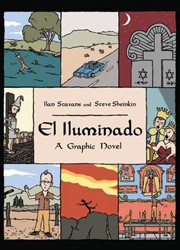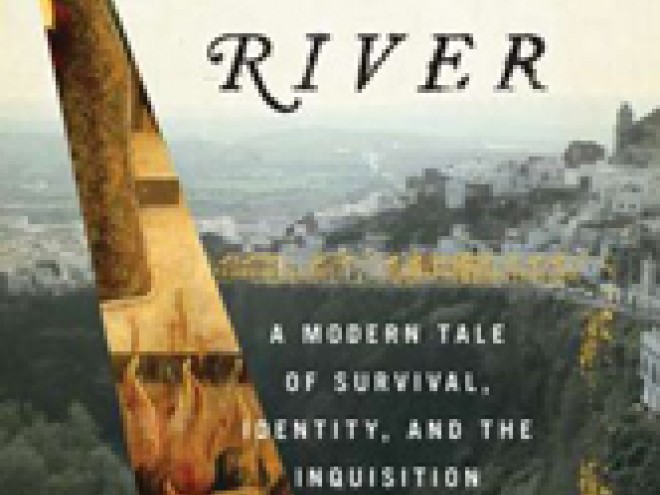Kagan, a history professor at Johns Hopkins, and Dyer, an independent scholar, further illuminate the history of that everfearsome and ever-fascinating institution, the Inquisition. Their sources have not previously been available in English. They have retrieved trial accounts in which the accused were compelled to provide narratives of their lives, i.e., confessional biographies characteristic of the Early Modern period. Interrogators hoped that the “biographies“ would lead to self-incrimination and the incrimination of others. Six “cases” were studied. Three involved persons of Jewish background, and two persons of Morisco (Islamic) heritage. Each chapter concerns a different political, social, or religious issue which the Inquisition deemed its responsibility in the 16th and 17th century. Among the “crimes” cited were disrespect for the marriage sacrament, usurpation of divine celestial authority, sodomy, and judaizing. This work features a concise analysis of the Inquisition’s origins and stages of development, as well as a fine description of the contemporary political world. The work casts doubt on the stereotypical portrait of early modern Spain as a rigid, conformist society with few possibilities for social, religious and geographical mobility. Apparently, sections of the population were able to adapt to and utilize shifting identities. This work contributes to the growing debate over the true nature of the Inquisition. Kagan and Dyer warn that accepting the long-held description of the institution as a monolithic terror is simplistic. A set of uniform procedures was established, but “different tribunals and inquisitors applied them in different ways and in a manner that allowed prisoners room for maneuver and for negotiating their trial’s outcome. The Holy Office exercised a considerable degree of leniency in the handling of individual cases.” Furthermore, “The Inquisition was, in fact, less prone to torturing and executing prisoners than were secular courts in Spain and other parts of Europe.” Kagan and Dyer imply that the Inquisition’s most sinister aspect was perhaps its secrecy. Knowledge of the fate of those whose lives were recorded on these pages should discourage a revisionist approach to the Inquisition. Nevertheless, there is much interesting information in this volume. The stated intention — to put a human face on accused and interrogator— has been achieved. Maps in each chapter are useful. This book’s cover is adorned appropriately with an illustration of an El Greco painting of a severe-looking Roman Catholic Cardinal.

Nonfiction
Inquisitorial Inquiries: Brief Lives of Secret Jews and Other Heretics
- Review
By
– September 24, 2012
Libby K. White is director of the Joseph Meyerhoff Library of Baltimore Hebrew University in Baltimore, MD and general editor of the Association of Jewish Libraries Newsletter.
Discussion Questions

Jewish literature inspires, enriches, and educates the community.
Help support the Jewish Book Council.



